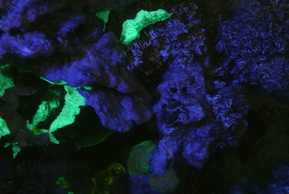ChemProf
Registered
I'm leaving for Guanaja in a few weeks and imagine myself spending time in the close to shore reef areas at night, with/without my camera (Nikon J2/WP-N1). I've never done any fluorescent exploration diving before. Finding a blue light that would work both with that setup and for simple exploration is a trip by itself.
I see the following possibilities:
Sola NightSea
Galaxy Blue
The FDG/Riff TL Azur
TillyTec Maxi Uni (may not be available in time, though)
Any others? Are these even comparable?
Some of these are pretty high in $$ (> $500), which begins to weigh in on the decision (I need a good reason why another $100-200 is valuable).
Adequate intensity for photos (guessing 3-4 feet (1-1.25 m) or less for most shots, I'm guessing? Are photos the intensity demanding part of this, or the purely visual exploration?
Many thanks for any input!
I see the following possibilities:
Sola NightSea
Galaxy Blue
The FDG/Riff TL Azur
TillyTec Maxi Uni (may not be available in time, though)
Any others? Are these even comparable?
Some of these are pretty high in $$ (> $500), which begins to weigh in on the decision (I need a good reason why another $100-200 is valuable).
Adequate intensity for photos (guessing 3-4 feet (1-1.25 m) or less for most shots, I'm guessing? Are photos the intensity demanding part of this, or the purely visual exploration?
Many thanks for any input!











